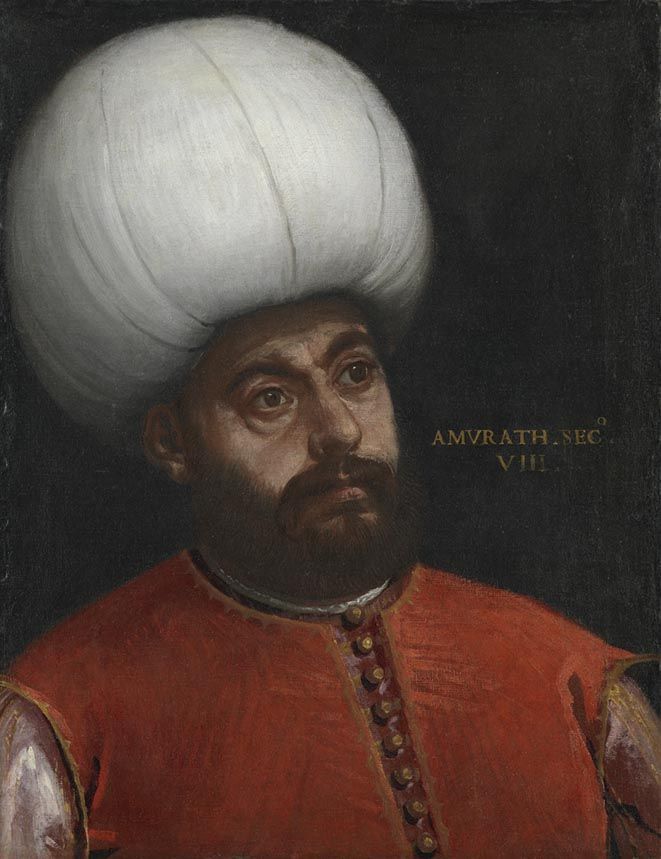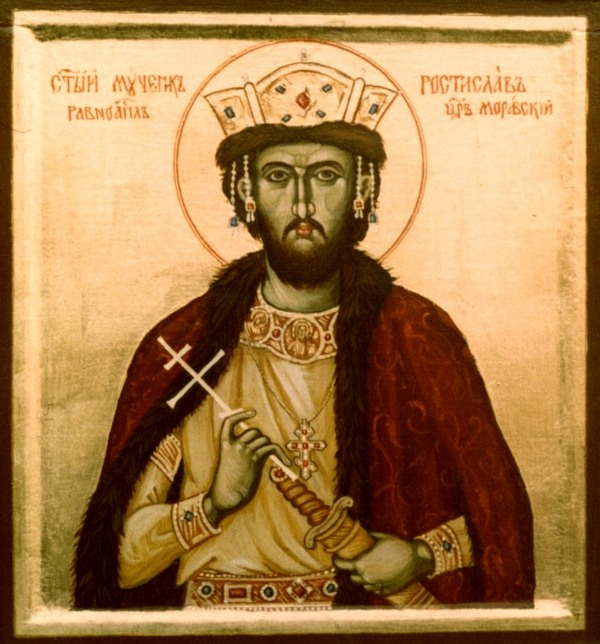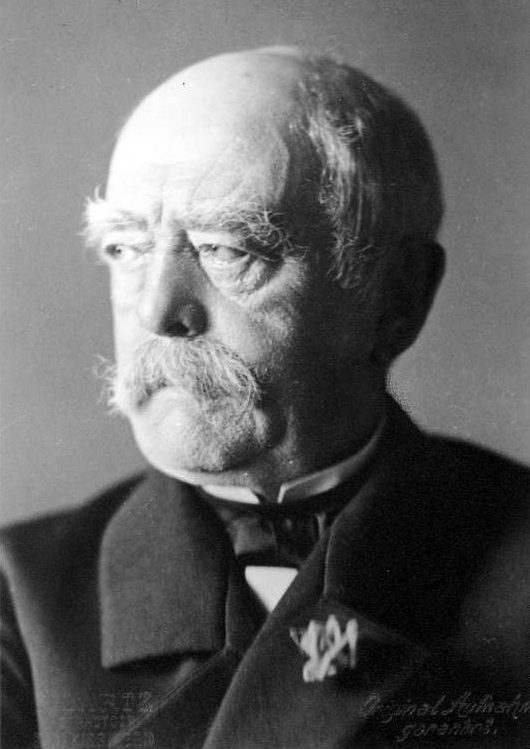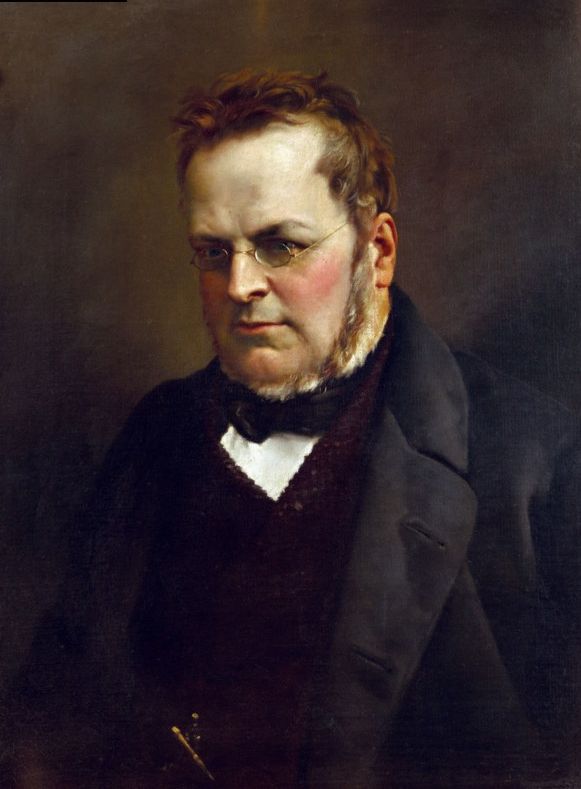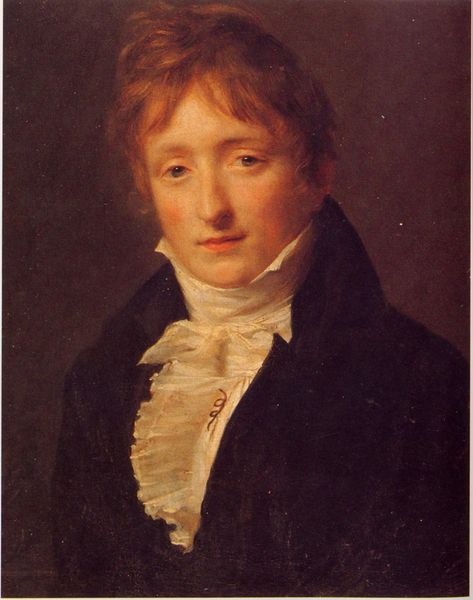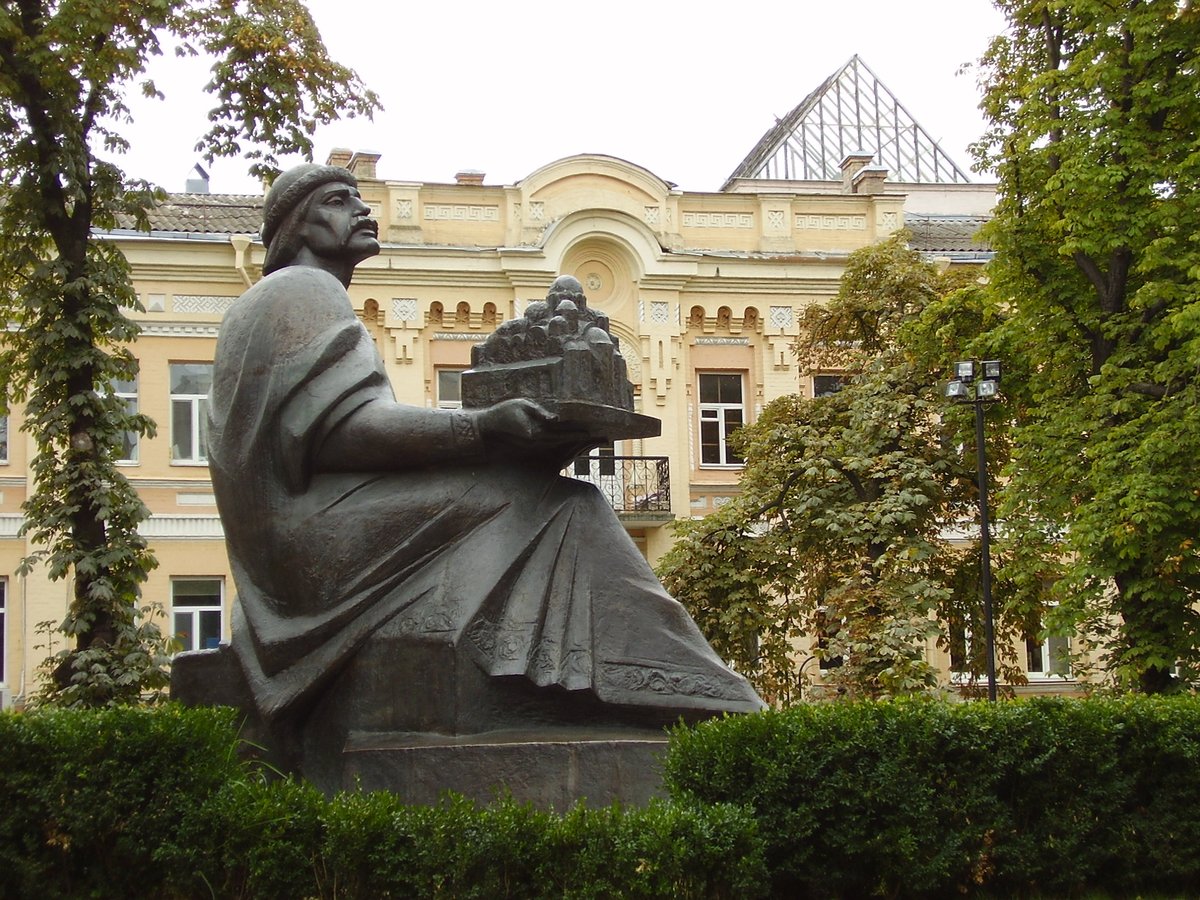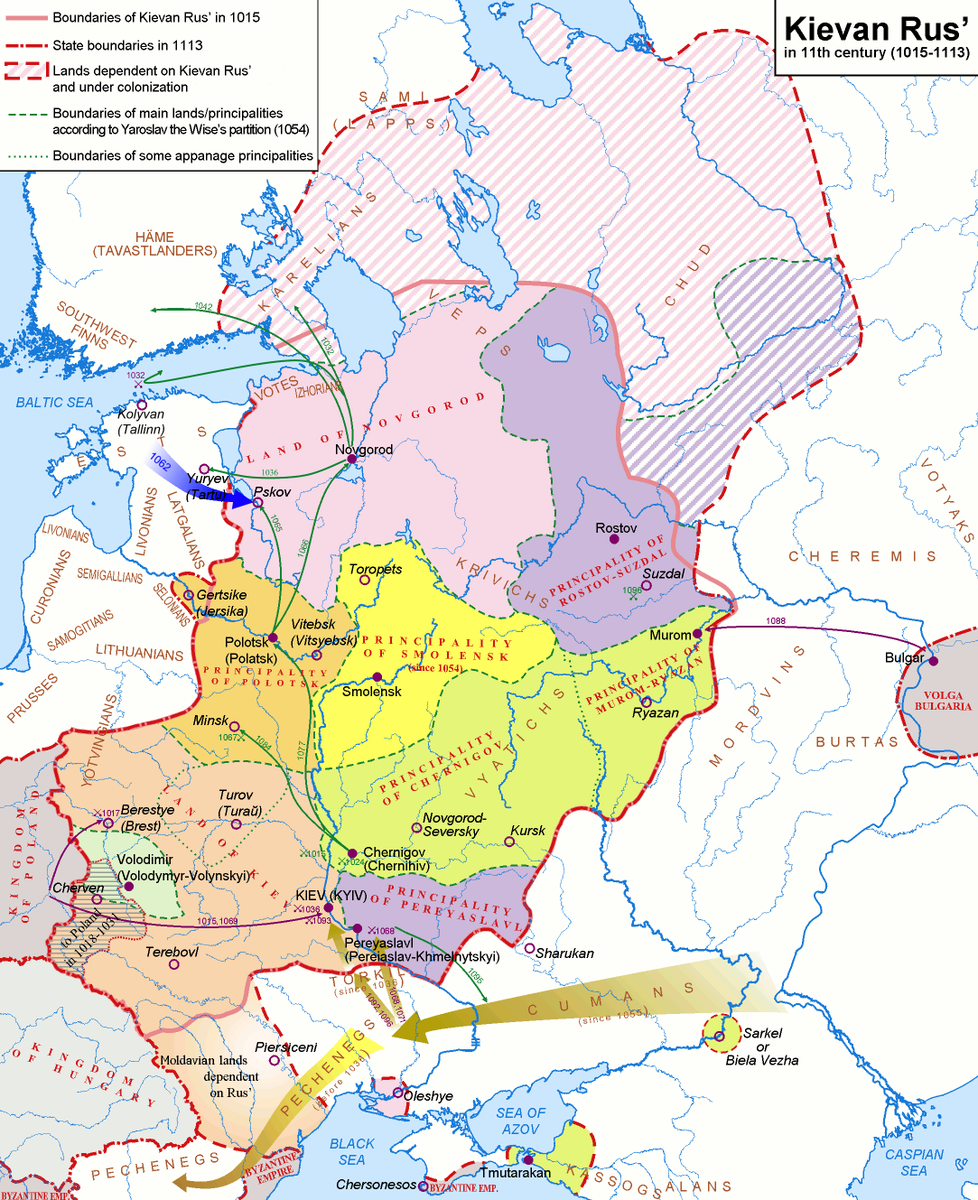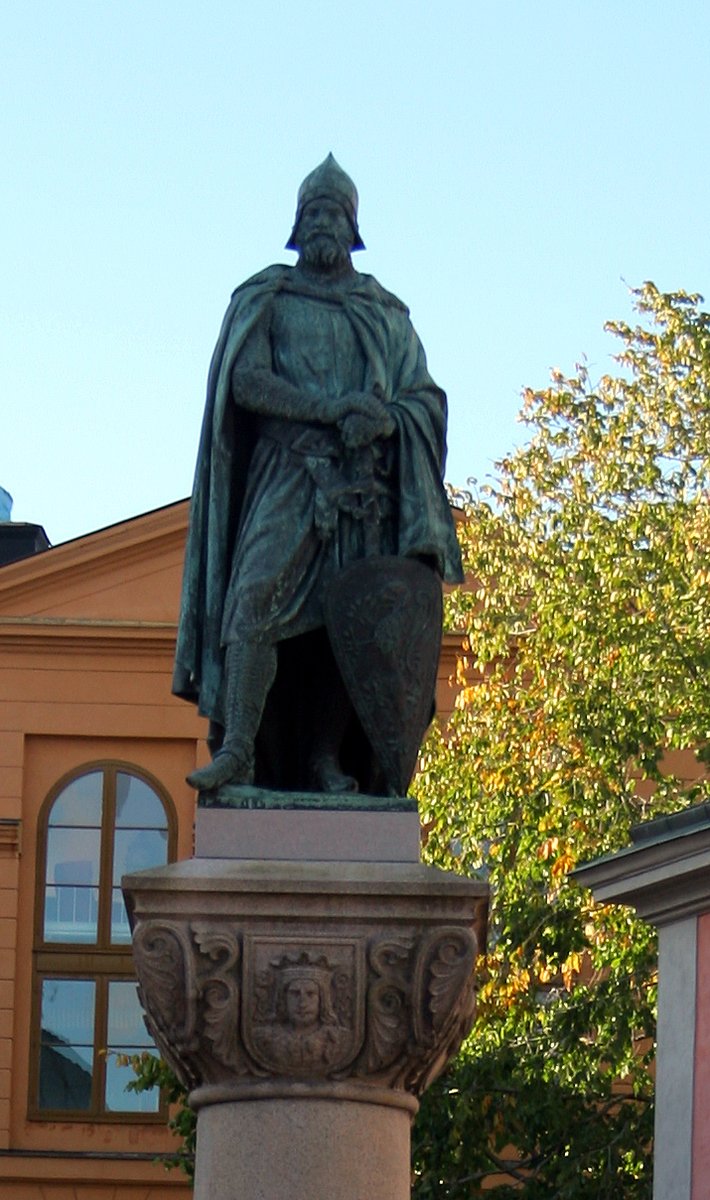From a city below the sea level to building a city that is now sinking.
Story in the evening ...
Story in the evening ...
https://twitter.com/Arby_K/status/1471669142277144581
Jan Pieterszoon Coen was born in the city of Hoorn, Holland in 1587. Raised as a Calvinist, he grew up in a time when the Dutch were fighting for their independence from the Spanish King, who was also the Count of Holland and ruled over most parts of the Low Countries. 1/10 

The Spanish King ruled over a vast realm across continents and had a strong say in global trade. In 1602, the Dutch started Vereenigde Oost Indische Compagnie (Dutch East India Company) partly to counter the Spanish might. 2/10 

After studying the trade with a Flemish merchant in Rome, Coen joined the Company and sailed eastwards in 1607 with Pieter Verhoeff. Coen returned to the west in 1610, after Verhoeff and many of his men were killed during trade negotiations with Banda Islands. 3/10 

Coen returned east in 1612 after receiving the backing of his senior colleagues. He used the Dutch troops advantageously and was able to obtain preferential trade agreements in Molucca and Banda Islands. But he faced resistance from the Banten Sultanate. 4/10 

Banten, an area which had seen considerable change in local politics over the previous century, was an early ally of the Dutch in the east. But they also traded with the English. In 1619, Coen captured and destroyed the Banten port of Jayakarta and rebuilt it. 5/10 



Jayakarta became the new base of operations for the Dutch. Renamed Batavia, the city would be crucial to Dutch dominance of the region for the next three centuries.
Coen wasn't done yet though. 6/10
Coen wasn't done yet though. 6/10

In 1621, the Dutch returned to Banda Islands, with Coen in the lead. He had earlier been appointed their Governor General. The massacre that followed got him a reprimand (in the true colonial sense of the word) from his superiors. He later returned to the west in 1623. 7/10 

Coen returned to the east in 1627, but found himself besieged by the Sultanate of Mataram in his capital in 1628 and 1629. Though Batavia withstood the attacks, Coen died during the 1629 siege, though due to unrelated causes. 8/10 

Batavia remained the capital of Dutch East Indies as it expanded across the island of Java and later to the other islands of the archipelago. In 1942, Dutch authority in the region fell after its defeat by Japan. 9/10
The city became the capital of the newly formed nation of Indonesia in 1945. But with the city sinking many centimetres into the sea every year, the capital is being moved to a new city, while investment is being made to prevent it from sinking. 10/10 



• • •
Missing some Tweet in this thread? You can try to
force a refresh


